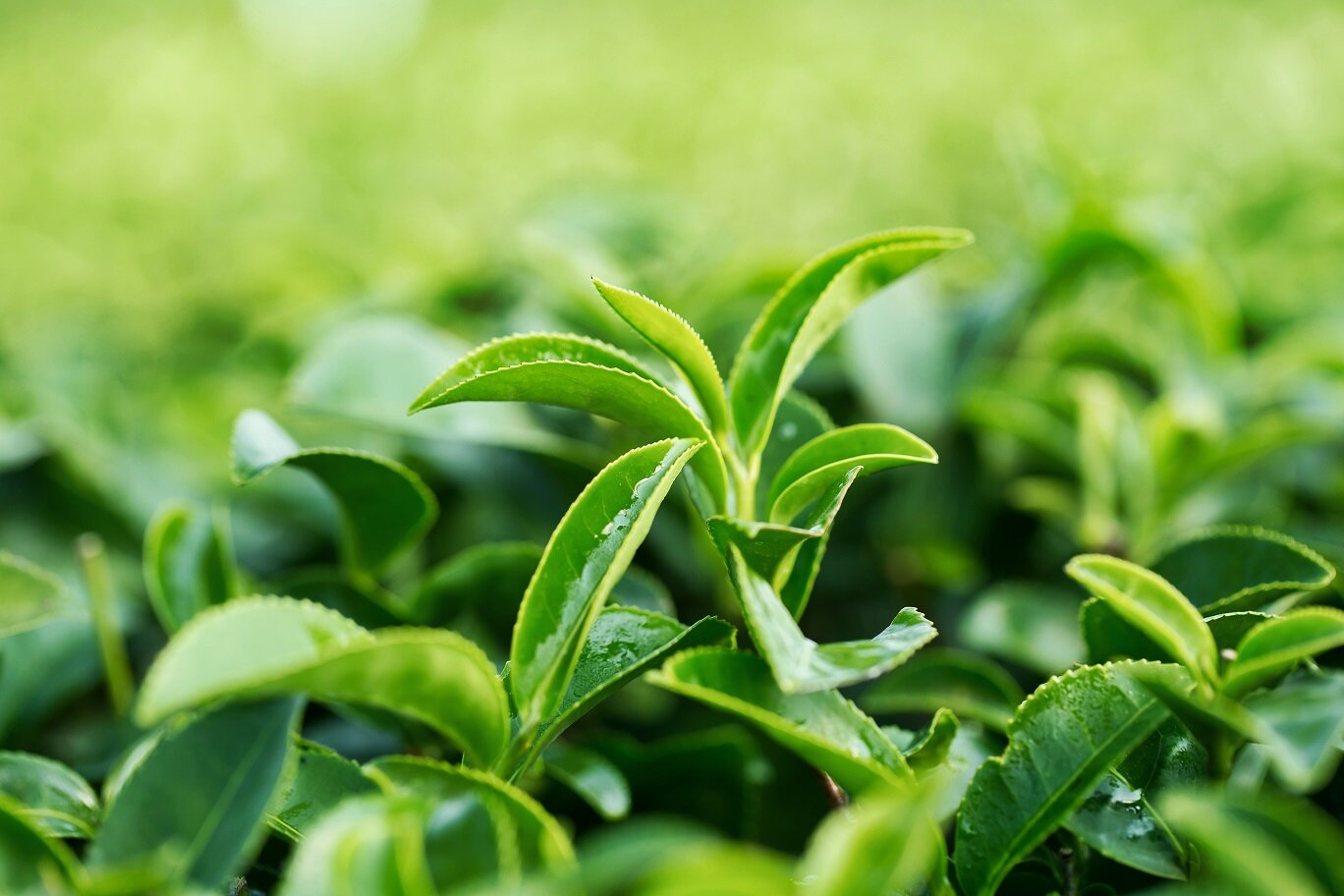Green tea has long been proclaimed as possessing a variety of health benefits, not least of which its high levels of antioxidants, anti-aging, and cancer-fighting properties. Researchers at the Rensselaer Centre for Biotechnology and Interdisciplinary Studies now believe they have pinpointed the antioxidant mechanisms responsible for these claims on a molecular level. It could open the door to some exciting developments in treating cancer and other horrible diseases like alzheimer’s. The study has been published in the highly regarded science journal: Nature Communications.
By Jason Matthews
Green tea - Image Credit: Liv friis-larsen via Shutterstock / HDR tune by Universal-Sci
Repairing the damage
Metabolizing oxygen releases free radicals into the body that damage our DNA. This damage [or oxidization] is the main cause of cancer, age-related illness, and tumor growth. Antioxidants help prevent this damage by binding to these free radicals leaving them inert. However, our bodies are clever and have evolved a self-repair mechanism; a protein called p53 [also known as the guardian of the genome]. This protein repairs damage to our DNA where possible and instructs cells to self-destruct if not.
Chunyu Wang, a member of the research team, proposes p53 as "arguably the most important protein in human cancer."
Boosting p53 levels
The problem with this self-repair protein is that it quickly binds with another protein called MDM2. This degrades p53 and keeps natural levels low, limiting its ability to carry out its repair work. The researchers have now identified a specific antioxidant in green tea that can raise the levels of p53 and could lead to new treatments to fight diseases caused by DNA damage. The compound called epigallocatechin gallate [EGCG] binds to p53 in the same way as MDM2 but does not inhibit its function or cause degradation. This allows p53 levels to increase.
According to Wang, p53, as well as EGCG molecules, are highly interesting as it turns out that in over half of human cancer cases, mutations are discovered in p53, while EGCG is the principal antioxidant in green tea.
Fresh green tea leaves - Image Credit: Kaiskynet Studio via Shutterstock / HDR tune by Universal-Sci
With their new study, the team discovered that there exists a previously undiscovered, direct interaction between the two, which points to a new path for developing anti-cancer drugs. The findings assist in explaining how EGCG is able to increase p53's anti-cancer activity, opening the door to developing drugs with EGCG-like compounds.
Wang explains that, in essence, EGCG and MDM2 bind at the same location on p53 (the N-terminal domain), so EGCG competes with MDM2. When EGCG binds with p53, the protein is not being diminished through MDM2, so the level of p53 will boost with the direct interplay with EGCG, meaning that there is more p53 available to combat cancer. This is a very important interaction.
Curt Breneman, one of the researchers and dean of the Rensselaer School of Science, concluded in a press release provided by the Rensselaer Polytechnic Institute that by forming an understanding of the molecular-level mechanisms that regulate principal biochemical interactions connected to devastating illnesses such as Alzheimer's disease and cancer, Chunyu's research is laying the foundation for future therapies.
On the whole, we can conclude that more and more important strides are made in the field of biological sciences once more, highlighting the importance of financially supporting scientific research as a society.
If you are interested in a more detailed exposition of the study and the work that has been done, be sure to check out the paper listed below.
Further reading:
If you enjoy our selection of content, consider subscribing to our newsletter (Universal-Sci Weekly)
FEATURED ARTICLES:











